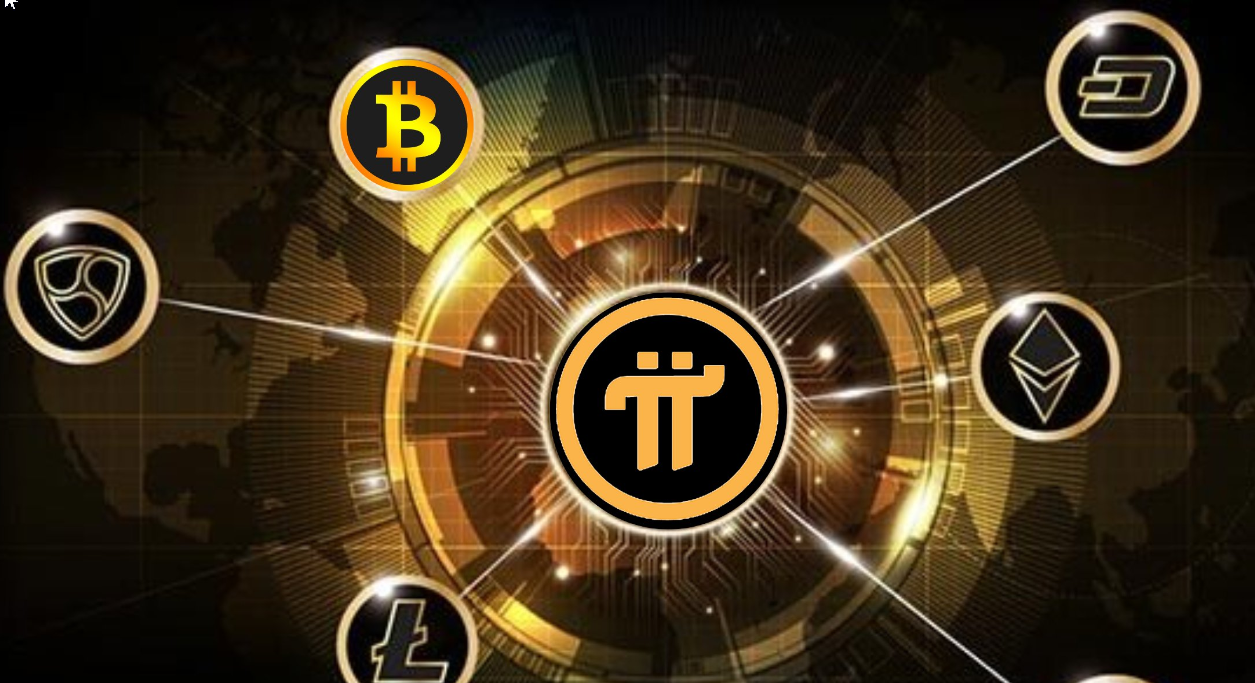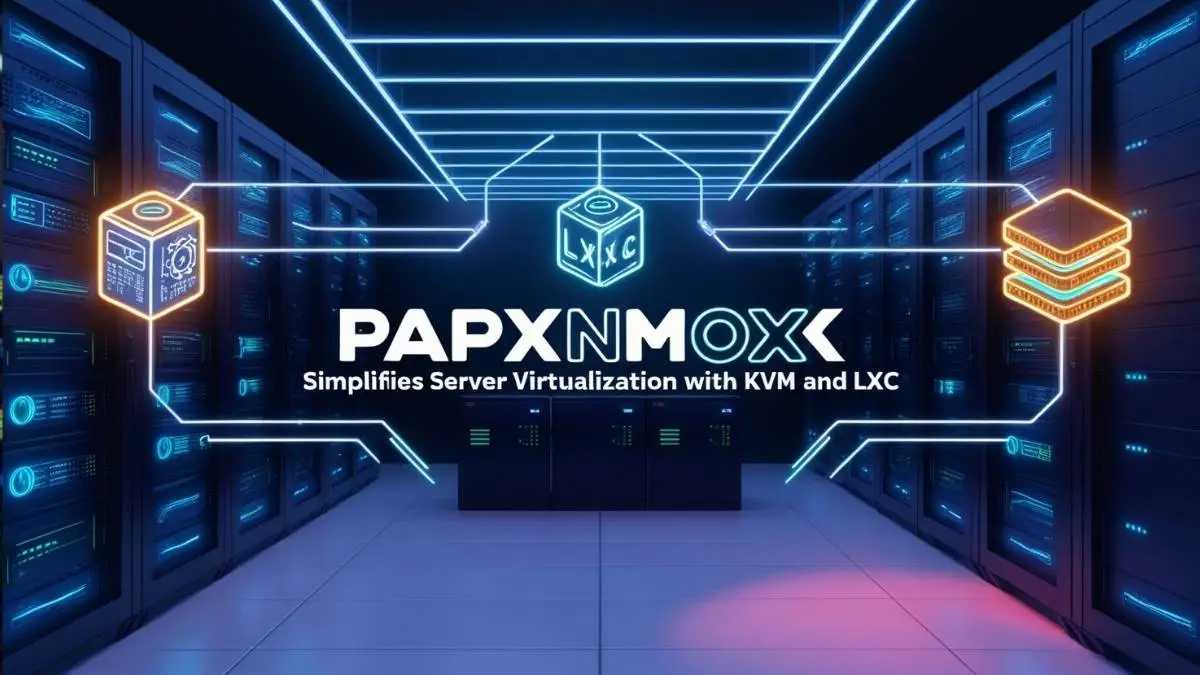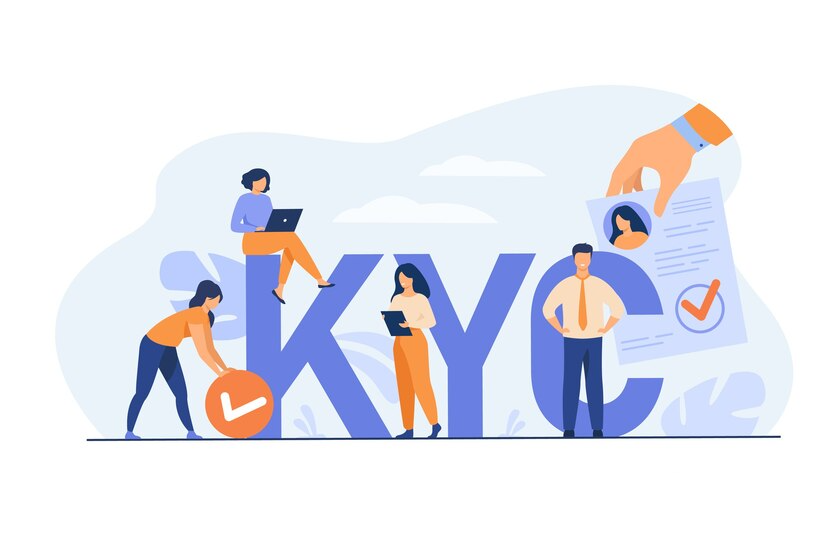The world of cryptocurrencies continues to evolve, and with it comes a new wave of innovation driven by projects like the Pi Network, which operates on the Pi-Blockchain. This blockchain-based ecosystem aims to create a decentralized and user-friendly digital currency accessible to everyday users. Built on a philosophy of inclusivity, Pi-Blockchain promises to address some of the inefficiencies of traditional cryptocurrencies, such as energy consumption and accessibility.
In this essay, we will explore the Pi-Blockchain in detail, discuss whether Pi coins can be sold, examine who currently accepts Pi coins, and highlight the potential of this digital currency as it inches toward its mainnet launch.
What Is Pi-Blockchain?
Pi-Blockchain is the backbone of the Pi Network, a project initiated in 2019 by a group of Stanford graduates to make cryptocurrency mining accessible to ordinary users. Unlike traditional cryptocurrencies like Bitcoin or Ethereum, which require significant computational power and energy, Pi-Blockchain utilizes a more sustainable approach called Proof of Stake (PoS).
The core principle behind Pi-Blockchain is to create an inclusive financial ecosystem where users can mine Pi coins using their smartphones. This unique approach democratizes cryptocurrency by allowing anyone with a mobile device to participate, eliminating barriers such as expensive mining equipment and high electricity costs.
Key Features of Pi-Blockchain
- User Accessibility:
Pi-Blockchain is designed for everyday users, requiring no technical expertise or significant investment to start mining Pi coins. The mining process is straightforward and does not drain a user’s phone battery or data. - Energy Efficiency:
Unlike Bitcoin’s energy-intensive Proof of Work (PoW) protocol, Pi-Blockchain leverages Proof of Stake, which is far more energy-efficient and environmentally friendly. - Decentralization:
The network aims to distribute power evenly among its users rather than concentrating it in the hands of a few miners or institutions, fostering a sense of community ownership. - Scalability:
Pi-Blockchain is built with scalability in mind, enabling it to support a growing user base without compromising its performance or security. - Security:
Pi-Blockchain incorporates cutting-edge cryptographic techniques to ensure the safety and privacy of its users.
Can I Sell Pi Coins?
A frequently asked question by Pi Network participants is whether Pi coins can be sold. The current status of Pi coins makes this process somewhat complex.
At the time of writing, Pi coins cannot be directly sold or traded on major cryptocurrency exchanges until the network completes its mainnet launch. Until this point, users can only accumulate Pi coins through mining or participating in the network. However, there are exceptions:
- HTX IOUs:
Some platforms, like HTX, allow users to trade IOUs (I Owe You) that represent claims to future Pi tokens. These IOUs enable early trading, but they come with risks since they are not officially backed by the Pi Network. - Mainnet Launch:
Once the Pi Network transitions to its mainnet, Pi coins will be transferable and can be traded on centralized exchanges (CEXs) or decentralized exchanges (DEXs). - Future Prospects:
After the mainnet launch, users will likely see Pi coins listed on popular exchanges like Binance, KuCoin, and OKEx, providing more avenues for buying, selling, and trading.
Who Accepts Pi Coins?
The utility of Pi coins remains a work in progress as the network is still in its enclosed mainnet phase. However, early adopters and businesses are beginning to explore ways to integrate Pi coins into their ecosystems.
Exchanges Supporting Pi Coin Trading
Although Pi coins are not officially tradable, a few exchanges provide preliminary support for Pi coin transactions via IOUs or similar mechanisms. Some of these platforms include:
- Binance
- KuCoin
- OKEx
These exchanges may allow users to swap Pi coins for stablecoins like USDT or other cryptocurrencies. However, trading Pi coins in these ways involves inherent risks, as the official mainnet launch has not yet occurred.
Merchants and Businesses
A growing number of merchants and businesses are expressing interest in accepting Pi coins for goods and services. These early adopters see potential in leveraging Pi-Blockchain to tap into a user base eager to use their mined coins. For example, some businesses in tech, retail, and entertainment sectors are experimenting with Pi payments, furthering its adoption as a transactional currency.
How Pi-Blockchain Aligns with the Future of Cryptocurrency
Pi-Blockchain stands out in the crowded cryptocurrency landscape due to its user-centric approach and commitment to sustainability. Its potential to revolutionize financial inclusion and foster a global digital economy makes it a project worth watching.
1. Democratizing Cryptocurrency
By making mining accessible to smartphone users, Pi-Blockchain lowers the barrier to entry for cryptocurrency participation. This democratization ensures that people from all socioeconomic backgrounds can join the blockchain revolution.
2. Sustainable Cryptocurrency
As concerns over the environmental impact of cryptocurrencies grow, Pi-Blockchain’s energy-efficient model offers a viable alternative to traditional mining methods. Its Proof of Stake mechanism aligns with global efforts to combat climate change.
3. Building a Community-Driven Ecosystem
The success of Pi-Blockchain largely depends on its community of users, who actively contribute to the network’s growth and security. This community-driven approach sets it apart from other cryptocurrencies that prioritize institutional adoption over grassroots involvement.
4. Expanding Utility
The ultimate value of Pi coins lies in their utility within a broader ecosystem. The Pi Network is actively working to develop use cases, including e-commerce platforms, peer-to-peer payments, and decentralized applications (dApps).
Challenges Facing Pi-Blockchain
Despite its promise, Pi-Blockchain faces several challenges:
- Regulatory Hurdles:
Cryptocurrencies often encounter regulatory scrutiny, and Pi-Blockchain is no exception. Clear regulations will be essential for its widespread adoption. - Adoption and Utility:
The success of Pi coins depends on their acceptance by businesses and consumers. Building a robust ecosystem of partners and merchants is crucial. - Scalability Concerns:
As the user base grows, ensuring the network can handle increased transaction volumes without compromising performance will be vital. - Perception as a Scam:
Some skeptics view the Pi Network with caution, labeling it a potential scam due to its unconventional mining process and delayed mainnet launch. Transparency and successful implementation will be key to countering these perceptions.
Conclusion
Pi-Blockchain is an ambitious project that has the potential to redefine the cryptocurrency landscape by focusing on inclusivity, sustainability, and community-driven growth. While the inability to directly sell Pi coins until the mainnet launch limits their current utility, the anticipation surrounding their eventual availability on exchanges like Binance, KuCoin, and OKEx demonstrates the growing interest in this innovative digital currency.
For now, users can continue to mine Pi coins, engage with the network, and explore early use cases as the project matures. By overcoming regulatory challenges, expanding its ecosystem, and maintaining its focus on user empowerment, Pi-Blockchain could emerge as a game-changer in the global financial system. Whether you’re a crypto enthusiast or a curious newcomer, keeping an eye on Pi-Blockchain is a worthwhile endeavor as it advances toward its full potential.



